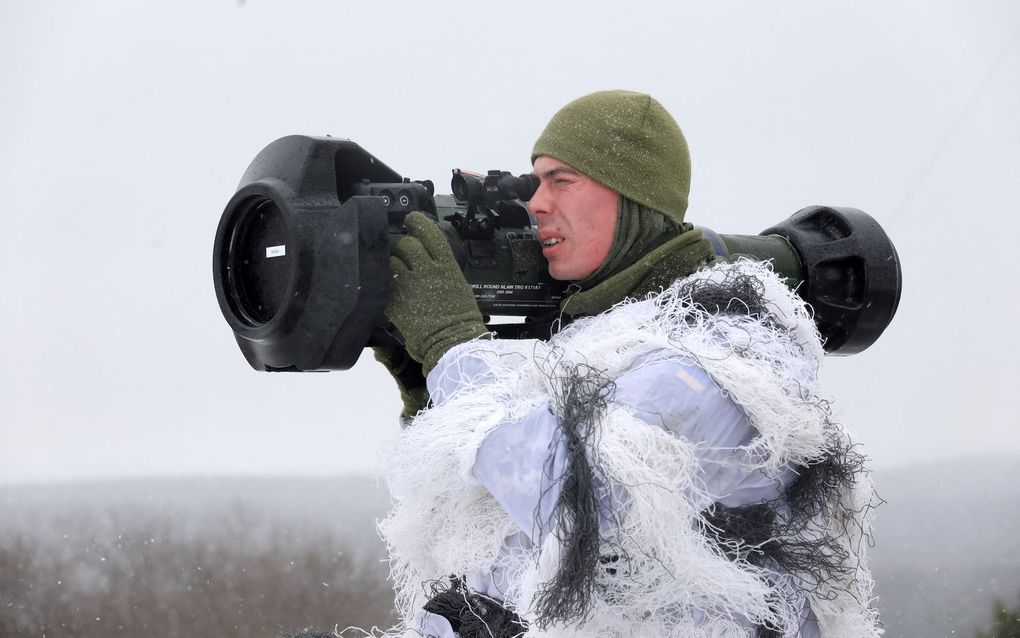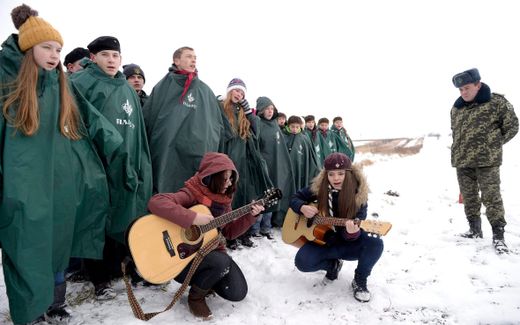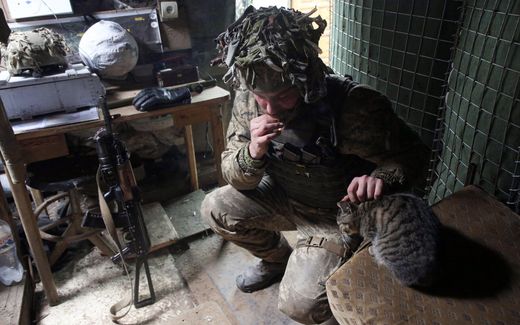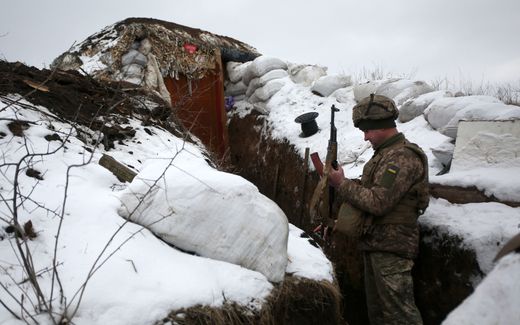It might help to cut Ukraine into two or three pieces
29-01-2022
Opinion
William Yoder

The whole world is watching: will this end in a military conflict? Photo AFP
Opinion
There are wars and rumours of wars in the Kaliningrad enclave – this sprawling, heavily-rural version of Cold War West Berlin. Yet Russians, in contrast to me, remain largely unruffled. They’re accustomed to adversity and insist on going about their business even in the shakiest of circumstances.
In a large, virtually mask-free Baptist service in Kaliningrad on 16 January, no word was mentioned regarding the rumours of war in nearby terrains. But I did like Ukrainian-born Pastor Alexander Krikun’s prayers for the youthful governor, Anton Alikhanov, his spouse and their children. He also included Vladimir Putin.
Russians insist on retaining good thoughts about their Western neighbours, including those beyond the Atlantic. I’ve noted that even many Russian border police can’t resist that feeling. I’ve done no scientific survey, but it should be safe to conclude that 95 per cent of Russians desire a peaceful solution to the Ukrainian dilemma.
Yet there are numerous photos of Ukrainian Baptist and Pentecostal civilians posing in camouflage with weaponry. I have never seen anything of the kind in Russia. In Ukraine, even the security chief, Oleksandr Turchynov, is a Baptist. He reportedly sent the tanks eastward in April of 2014 in hopes of quelling the unrest.
Still traumatised about split
I’ve been traumatised ever since Ukraine was broken out of the Eastern Slavic world in February 2014. That Ukrainian-Russian break is comparable to the political split between East and West Germany in 1949. Yes, most citizens of Western Ukraine, who are frequently followers of the hybrid Greek-Catholic faith, tend to be more Western-Slav-Polish than Russian. But the same is not true for the eastern half or third of the country.
I was shocked by the observer’s statement from Brussels on 8 January that diplomacy has run its course. The sole option still remaining for Russia is a military one. On 14 January, Russell Bentley, a Texan living on the pro-Russian side in Donbas, described an upcoming Russian move into eastern Ukraine in detail. He couldn’t have cleared this with the Kremlin – official policy states that Russian forces on the border will only attack as a response to an attack from the Ukrainian side. Bentley closes with a wish: “Good luck to all good people in the hard days ahead. May God protect the innocent, and may the rest of us get everything we deserve.”
US might plan false-flag operation
Washington’s claims beginning on 14 January that Russia is preparing a false-flag operation is no less frightening. Since Washington itself is highly-versed in such procedures, one cannot perish the thought that this may be precisely what Washington itself is planning.
There is much talk in the West about the 80-100,000 troops massed on the Russian side of the border. (Peace-time strength has been around 80,000, I am told.) Astonishingly, the 125,000 or so clustered on the Ukrainian side do not appear worthy of mention.

I still dream of Ukraine’s Finlandization or at least a military neutral Eastern half of the country. The Kremlin is very open to such efforts; Ukraine would once again become a bridge spanning the blocs. That would offer Russia a tiny bit of buffer from NATO and allow for the restoration of many thousands of family and economic ties.
This is not nearly the distance the USA demands from its adversaries –see the response to the only half-serious Russian threat to plant military installations in Cuba and Venezuela– but this could help flatten the waves and allow the frightened a return to everyday life.
Ukraine cut into two or three
With Western blessing, Yugoslavia was smashed into seven (may soon be eight) parts. Why would it be impermissible to tolerate a Ukraine consisting of two or three entities? Czechoslovakia also is no more.

The author was born in 1950 in Ohio, USA. He first came to Germany and Europe in 1971 and never really left. He now lives with his wife in the Russian enclave of Kaliningrad. He has a German address, is a citizen of the USA and since November 2021, also of Russia.
This article was published previously on the website of William E. (Bill) Yoder, PhD, on 18 January 2022
Related Articles






